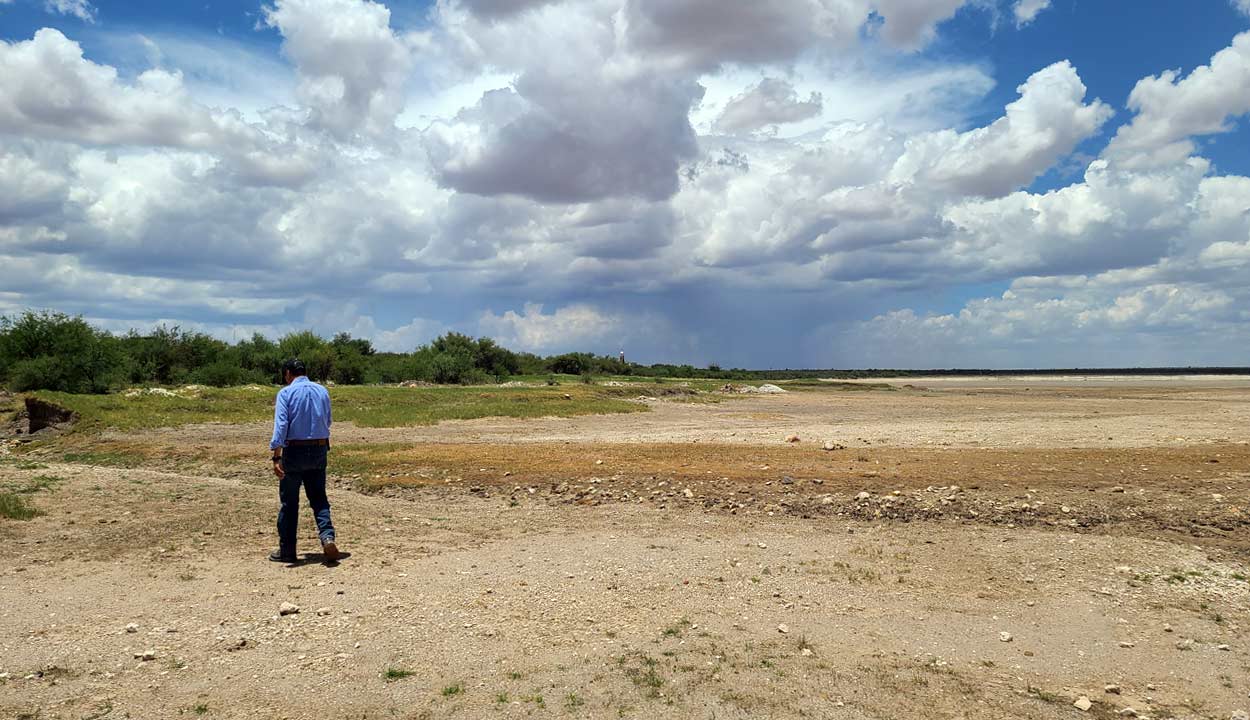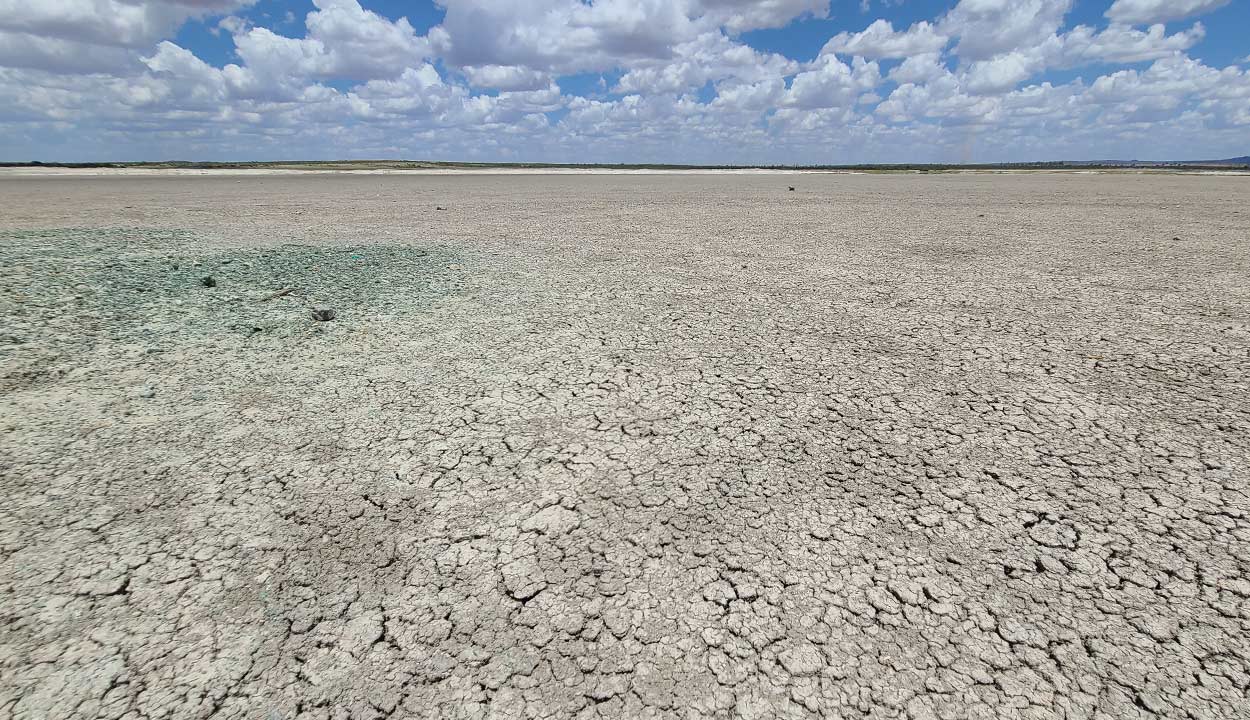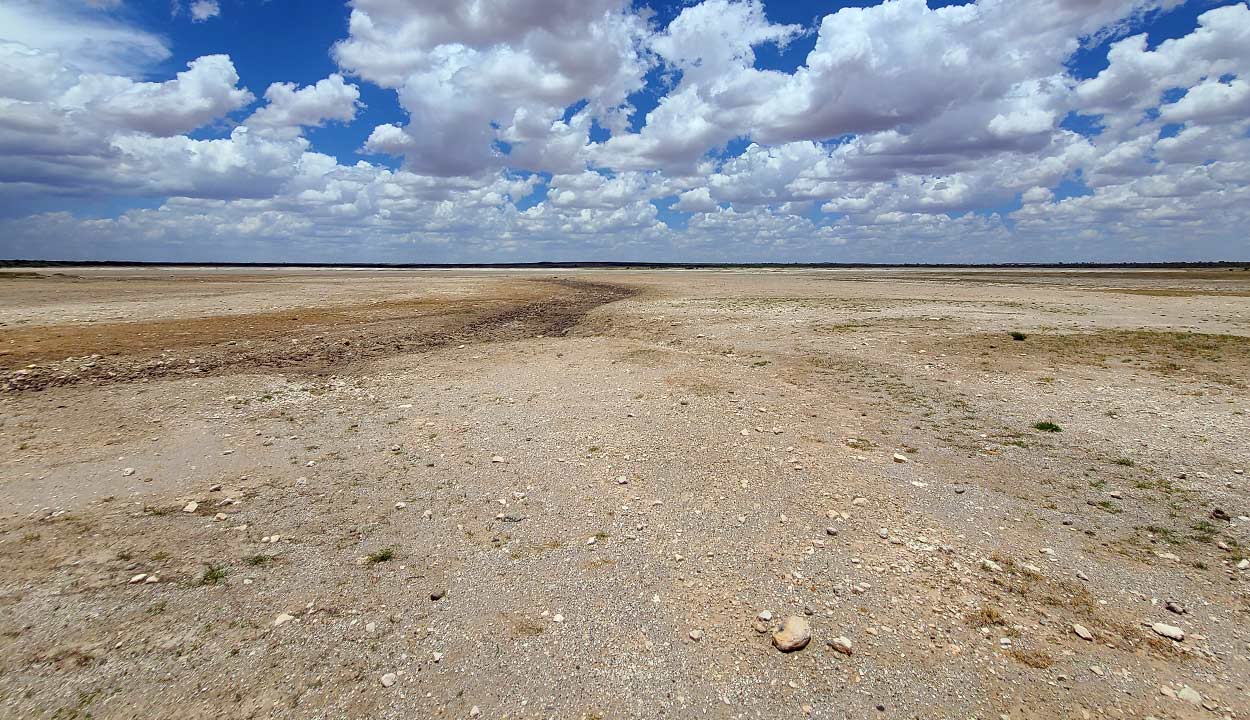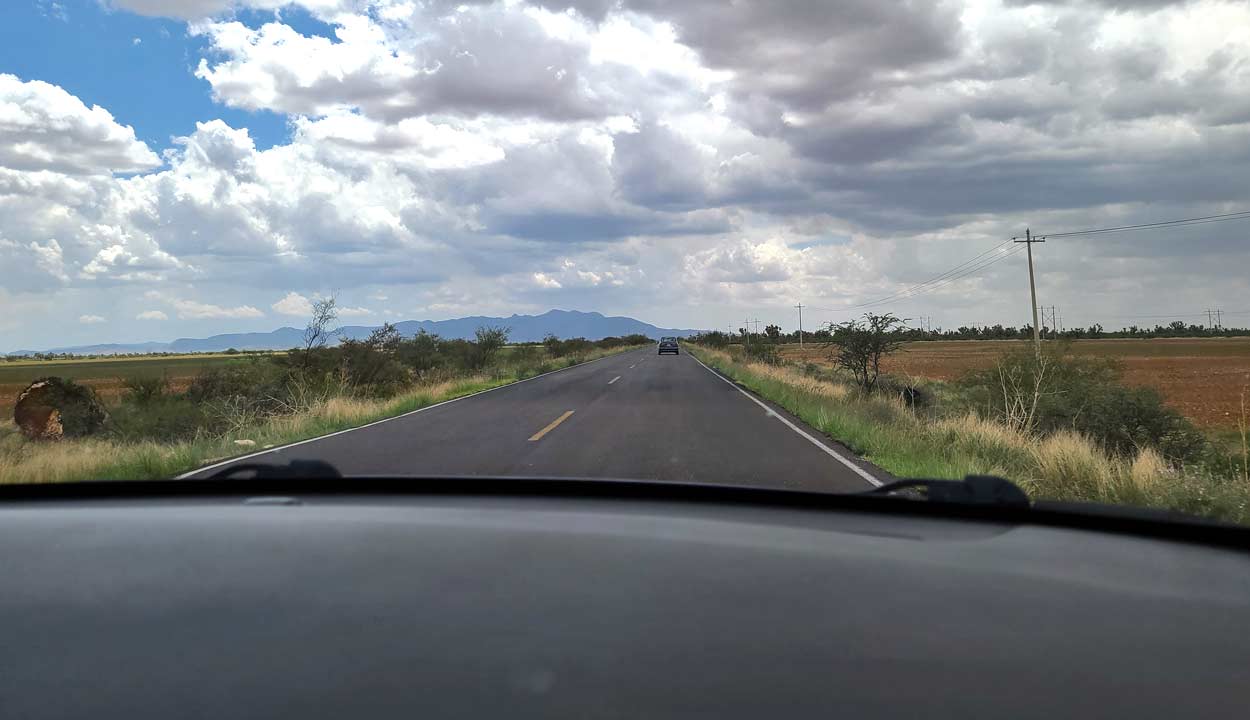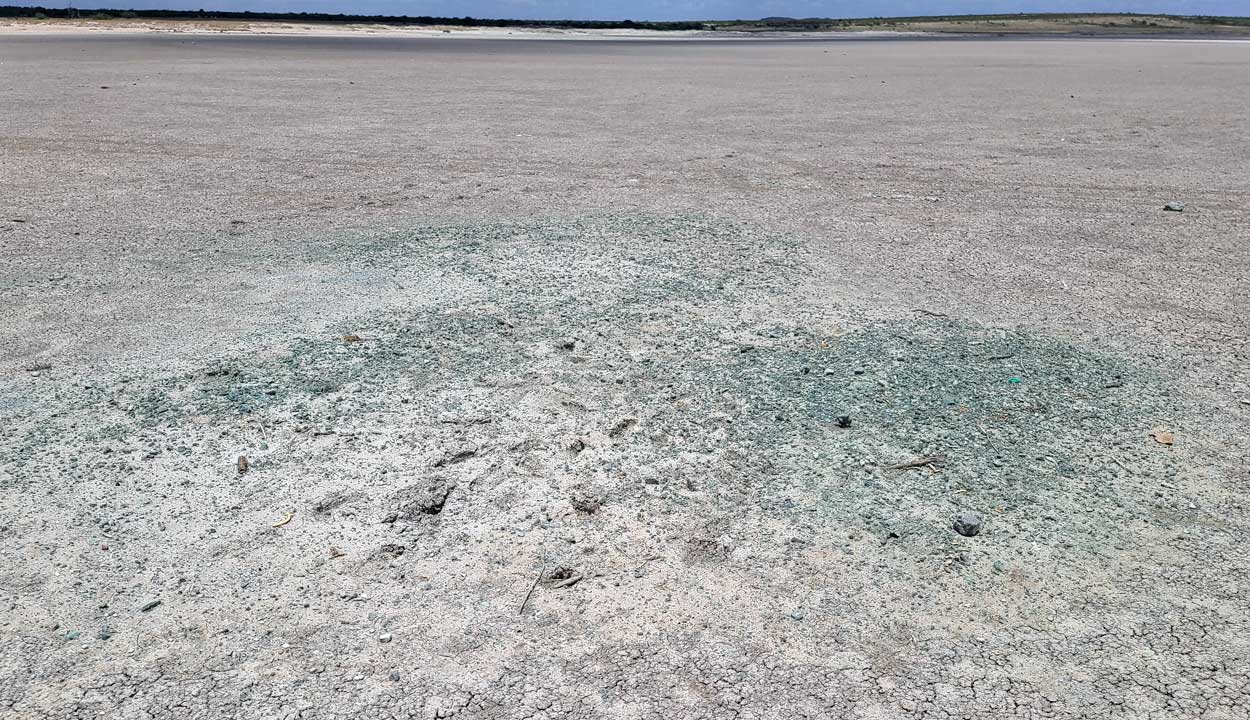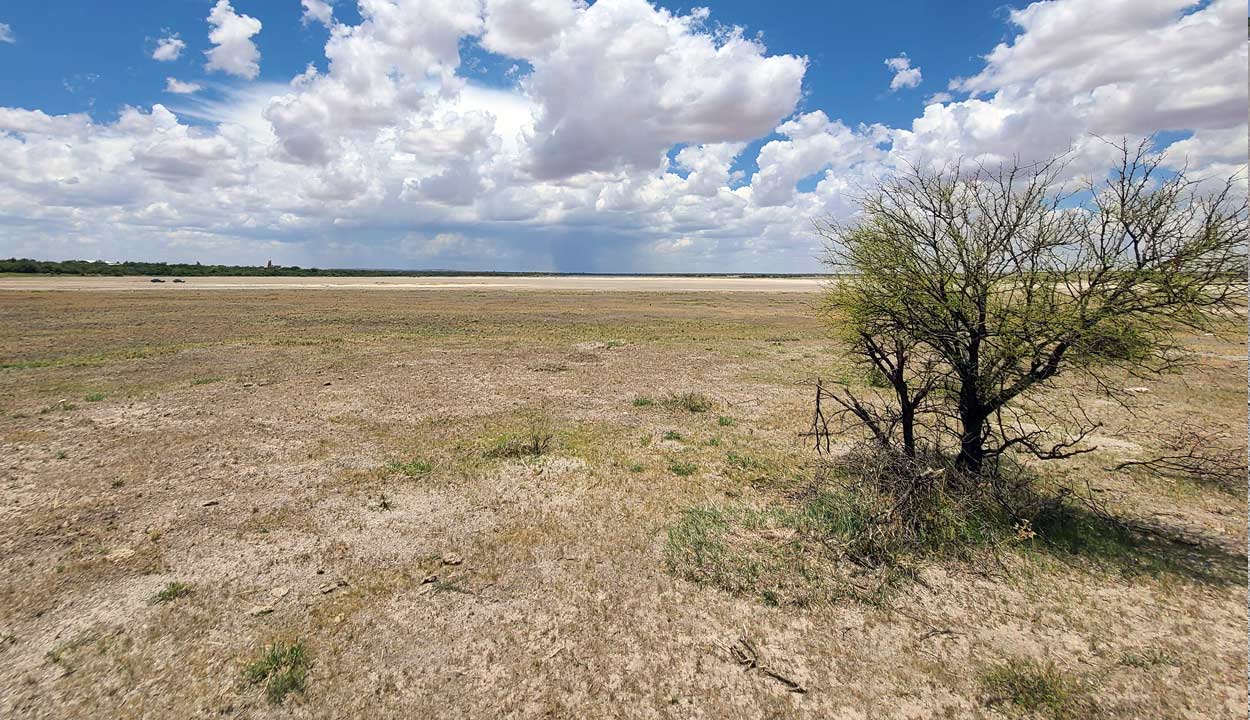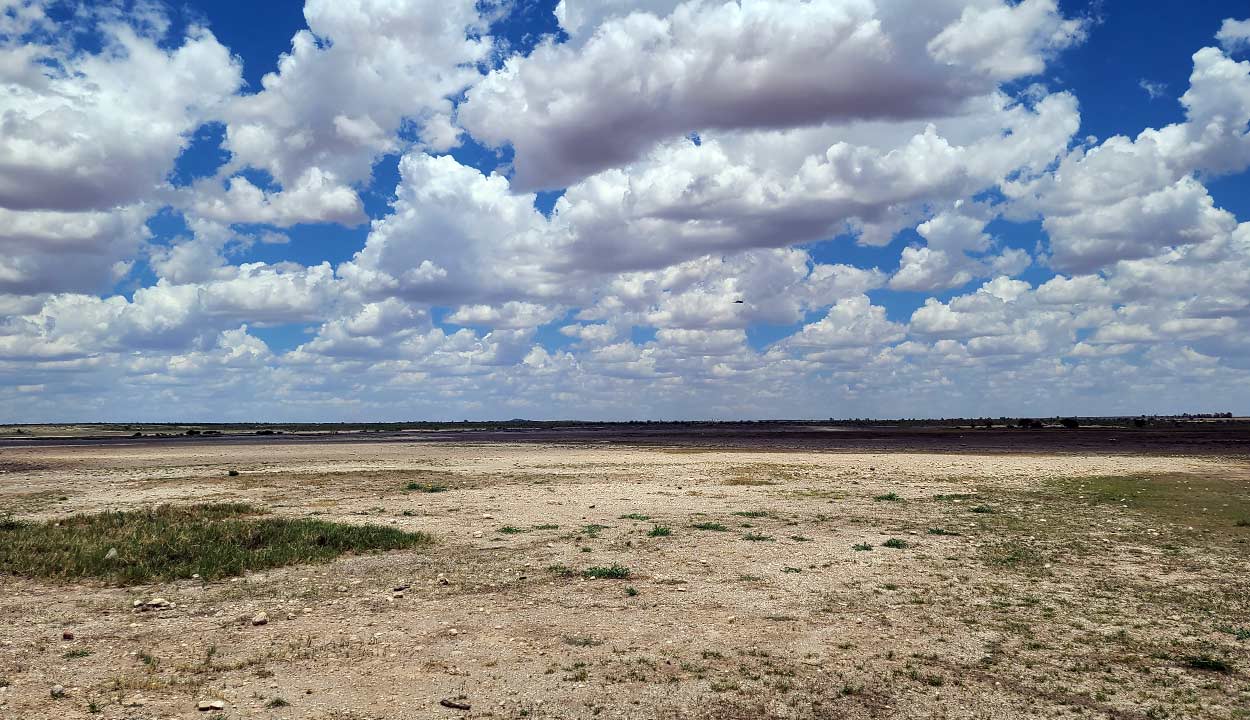The Mexican government's interest in exploiting lithium and the arrival of companies like Tesla could create sacrifice zones in the north central region of the country. Will it be possible for Mexico to meet the automotive industry's demand and at the same time protect communities and the environment where this mineral is found?
Zacatecas, a place described by Gabriel García Márquez as having “blue skies, bluer than I have ever seen,” is experiencing an environmental crisis. The region's water scarcity exceeds 200% and 15 of its 34 aquifers are overexploited. Among the causes complicating the situation are overexploitation of water in the basins, groundwater contamination, and soil degradation due to mining activities, says Grecia Rodríguez, spokesperson for the Observatory of Mining Conflicts of Zacatecas (Observatorio de Conflictos Mineros de Zacatecas, OCMZ).
The region, rich in silver, lead and zinc, could now face other environmental challenges due to lithium extraction. Obtaining one ton of this mineral from brine deposits requires the evaporation of more than 528,000 gallons of water, equivalent to filling an Olympic-size swimming pool to 80% of its capacity.
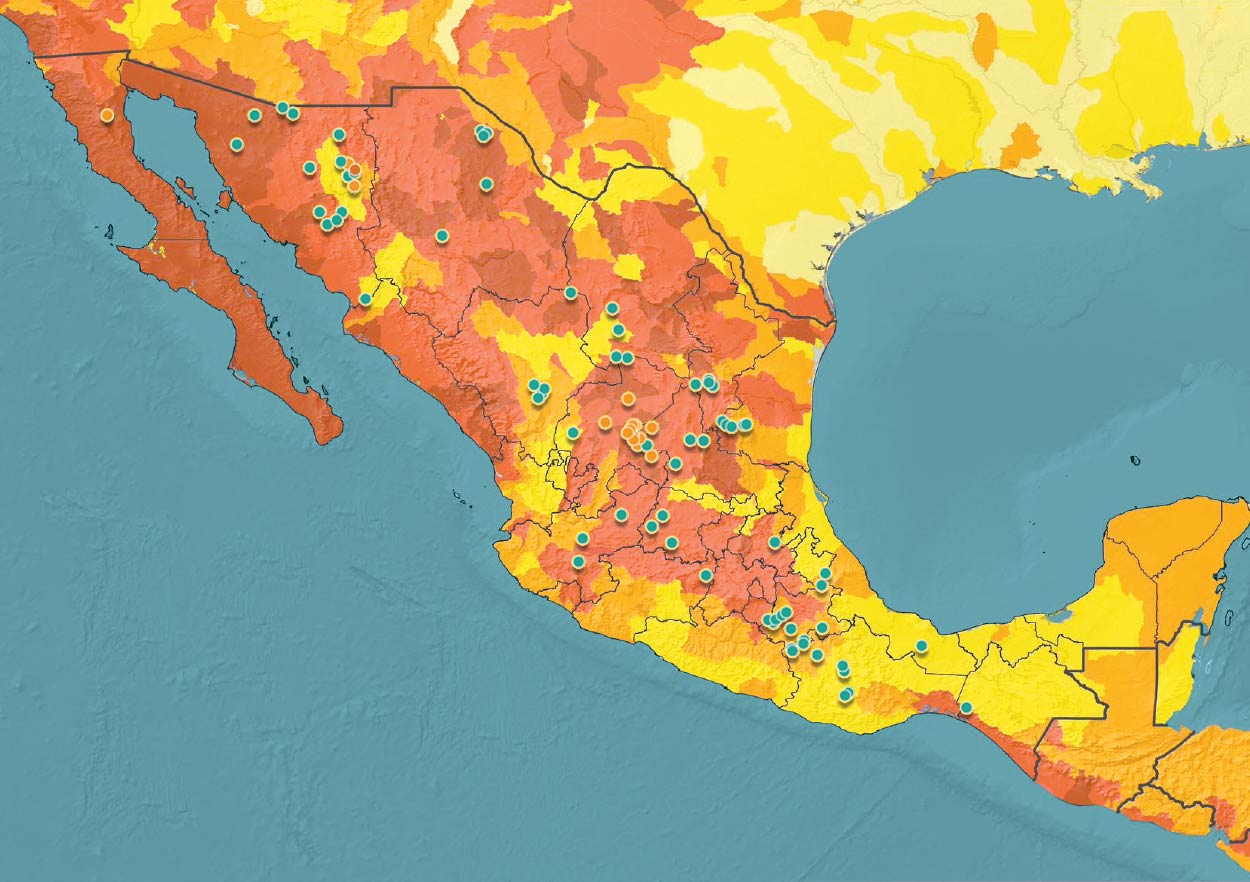
| Lithium projects in Mexico | General hydraulic risk level |
| Private in development (Bacanora) | Extremely high |
| Private in exploration | High |
| Mexican Geological Survey (SGM) exploration sites | Medium high |
| Low medium | |
| Low |
Source: Report Lithium Mining in Mexico: Public Interest or Transnational Extractivism?, February 2023. Mexican Network of People Affected by Mining (REMA) | MiningWatch Canada
With the recent arrival of Tesla's mega-plant in Nuevo León, Rodrigo Castañeda, Secretary of Economy of Zacatecas, believes Zacatecas, which is nearby and has a tradition of more than 470 years of mining activity, could be one of the main suppliers of lithium to the carmaker. Tesla is one of the largest manufacturers of electric vehicles worldwide and lithium is a key component for the production of rechargeable batteries for the cars and various electronic devices. It is considered crucial to the energy transition from fossil fuels to renewable energy.
But for Isabel Velázquez, of the Mexican Network of People Affected by Mining (REMA), lithium represents a false solution to energy transition. While the mineral is essential for the production of batteries for electric vehicles, she says its extraction should not be a priority because it strengthens a system that has been one of the causes of the climate crisis. "In the end, not all people require or can afford these types of vehicles," she says in an interview with Historias Sin Fronteras.
The Mexican government founded the state-owned LitioMX in part to prevent uncontrolled exploitation of the mineral. But the outlook is still "very cloudy" for the technical and commercial viability of lithium in Mexico, as well as investment sources for new and expensive technologies for its extraction, and the environmental and socio-cultural implications of its exploitation in semi-arid regions such as Zacatecas, where serious problems of drought and water scarcity are already being experienced.
LitioMX: Lithium rush?

In April 2022, Mexico identified lithium as a strategic resource, limiting its exploitation to government entities and cancelling licenses already issued to private parties for its extraction. President Andres Manuel López Obrador compared the decision to the 1938 oil expropriation, while Rocío Nahle, former Secretary of Energy (SE), referred to lithium as "white gold.” However, Juan de Dios Magallanes Quintanar, professor at the Autonomous University of Zacatecas (UAZ) and consultant to mining companies, says both statements are erroneous, since "lithium is not an energy source; it conducts and stores energy.”
Like other Latin American countries, Mexico has turned its attention to this mineral, motivated by the growing worldwide demand for lithium. One example is the increase in sales of electric vehicles (EVs). In 2012, only 120,000 EVs were sold worldwide, but by 2021, that number was reached in just one week, according to data from the International Energy Agency (IEA).
Despite the "lithium rush,” it is important to mention that in order to achieve commercial exploitation of this mineral, a sustainable investment in the medium to long-term is required. In Mexico, there are no lithium deposits in the exploitation stage of any type of extraction, whether in salt flats or clay deposits. Magallanes Quintanar explains that the Mexican government does not have the resources to do it on its own, nor has it released a strategic plan for extraction. "The Mexican Geological Service (SGM) has a budget of around $3.3 million, which is almost nothing in terms of the investment required for exploration."
However, some consider the government's active intervention in the administration of lithium reasonable, because "if we had not acted, we could now be facing a scenario in Sonora, where the Chinese company Ganfeng Lithium, would have begun to extract the lithium and process it in Asia, which would have left Mexico with great devastation and little economic benefit," says Violeta Núñez Rodríguez, researcher at the Metropolitan Autonomous University (UAM).
Rodríguez refers to the Bacanora Lithium, case, the country's largest lithium mining project, which planned to exploit a 318-acre open-pit mine. Mexico's General Directorate of Mines cancelled Ganfeng Lithium's mining concessions for failing to meet the minimum investment requirement. The company is currently in a legal fight over the decision, which could escalate to international courts.
REMA estimates that if operations resume, mining activity could produce 131 million tons of toxic waste within 20 years and 25 million tons of liquid waste.
This organization also questions the fact that lithium extraction remains in the hands of the current government. In its report 'Lithium Mining in Mexico: Public Interest or Transnational Extractivism?' (2023), the organization explains that when the government names something as being in the public interest, it empowers the state to hide information and accelerate procedures for permits or licenses. During López Obrador's administration, Velázquez mentions there has been militarization and imposition of actions that could be detrimental to communities and their natural commons in the name of promoting "projects of national interest.”
Neither SGM nor LitioMX responded to interview requests made by Historias Sin Fronteras.
Mining Speculation
Mining is part of everyday life in Zacatecas. Streets with mining helmet-shaped statues, hills bearing the scars of excavation, or even the name of the local sports teams (The Miners), are striking reminders of the importance of mining in the region.
Lithium exploration dates to the 1980s. But it was early in the 21st century when interest in extraction intensified, mainly with exploration initiated by the company Sutti S.A. de C.V., and later by Advance Lithium and Organimax Nutrient Corp./ Silver Valley Metals, according to José de Jesús Parga, technical advisor in the mining sector.
Lithium projects between Zacatecas and San Luis Potosí
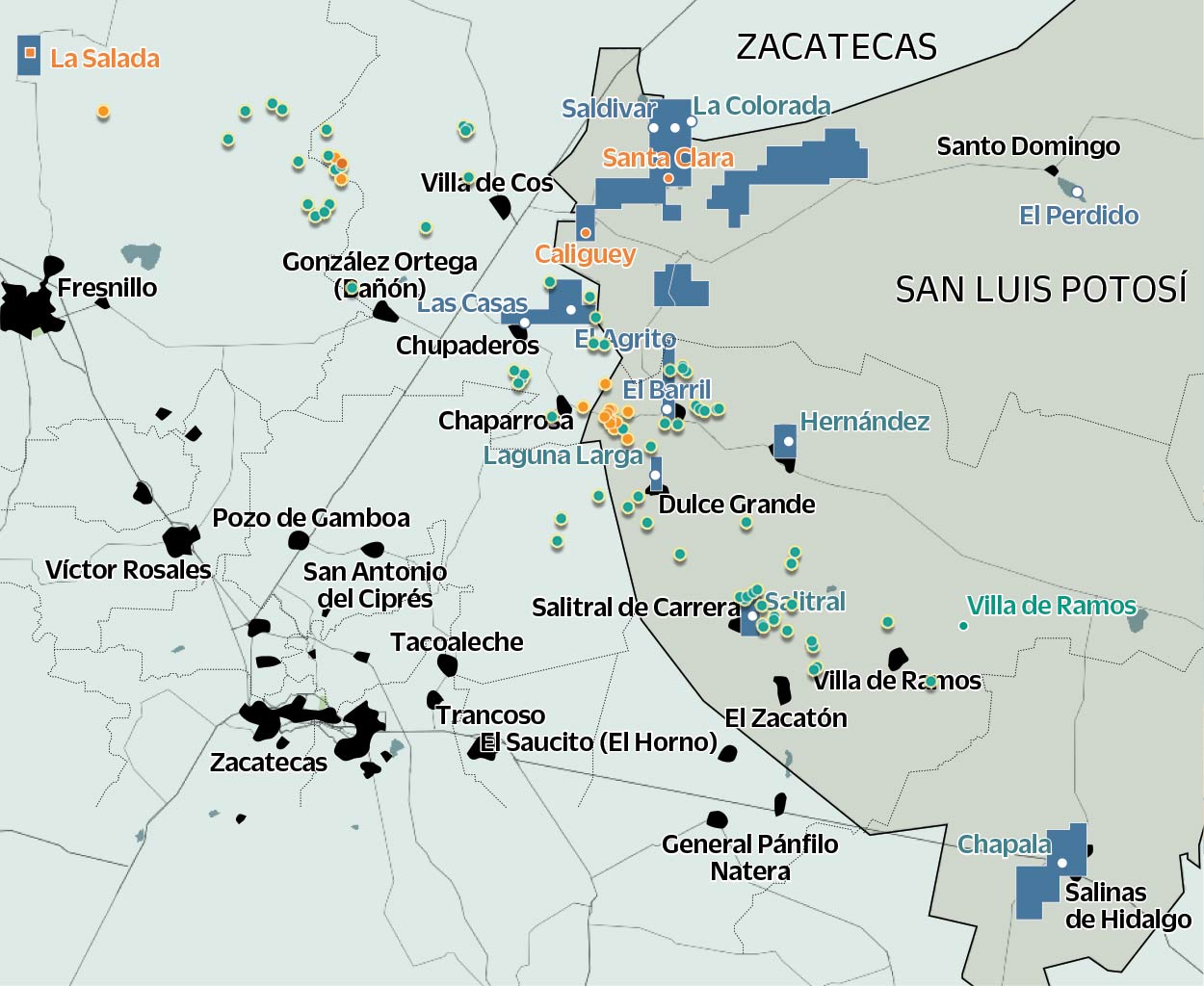
| Advanced Lithium Corp. lithium projects | Urban localities |
| Silver Valley Metals Corp. lithium projects | Municipal limit |
| SGM exploration sites | State limit |
| Lithium concessions | |
Source: Report Lithium Mining in Mexico: Public Interest or Transnational Extractivism?, February 2023. Mexican Network of People Affected by Mining (REMA) | MiningWatch Canada
One of the areas where Sutti had concessions was La Salada, Zacatecas, a region also known for its archaeological sites. "During the first stages of exploration, we had a dialogue with the local population and obtained a permit from CONAGUA to take some samples, which would not cause significant alterations to the environment," he told Historias Sin Fronteras.
The lithium exploration process on site consisted of the excavation of a 16-foot-deep shaft, followed by the insertion of a ladder to facilitate access, Parga explained. Subsequently, a 0.6-foot-wide channel was cleaned and sampled, gradually advancing to the total depth of the shaft. During this process, each sample was stored in labeled plastic bags for laboratory analysis. Finally, an evaluation of the results was made -- how much is there, how much is it worth and how much would it cost to extract it.
 Photo: Michelle Morelos
Photo: Michelle Morelos
La Salada has an estimated 20 million tons of minerals, including potassium (4.1% ) and lithium of 880 parts per million (ppm). Although that amount is minor compared to the vast reserves in places such as the Salar de Uyuni in Bolivia or in Puno, Peru, and although the lithium concentration is relatively low compared to high-quality deposits, which commonly exceed 1,500 ppm, companies maintain an interest in lithium exploration not for the purpose of mining, but to speculate and sell the concessions to the highest bidder.
"Sometimes it looks like a macabre game on the part of junior companies. By saying, for example, 'we have mined a 32-foot section grading 11 pounds of gold,' the resulting speculation raises the share price. This increase allows the company to raise money to continue the exploration process. Although it may seem surprising, this is a fairly common practice and it is no secret to anyone. The concessions market is a very speculative market," says Magallanes Quintanar.
An example documented by the GeoComunes Collective, REMA, and MiningWatch Canada in the case of lithium in Zacatecas is Organimax. The company, which is listed on the Toronto-Ventura Stock Exchange, faces criticism due to the lack of rigorous controls by the stock market, which has allowed overstatements in the declaration of reserves and, in severe cases, environmental and human rights violations.
Despite this criticism and without having extracted a single gram of lithium, of the 27 lithium exploration projects registered in the country, 22 are located in Zacatecas, according to the Mining Directory 2022. "It is essential to recognize that even small or resource-limited projects can impact communities and intensify phenomena such as land sales or leasing and fragmentation within the community," says Velázquez, a member of REMA.
A case that illustrates the damage caused by the promise of the arrival of lithium in Mexico is described in the report "Dreams and Lies on Lithium Fever". On the belief that they had found the largest lithium deposit in the world, the people of Bacadéhuachi, Sonora, invested their savings in new construction, hoping for the arrival of hundreds of people to work on the project. But to date, only a demonstration plant has been built and the mine has not yet begun operating in the region.
Better to prevent than regret
Núñez Rodríguez, a researcher at UAM, warns about the creation of "sacrifice zones,” defined as areas affected by severe pollution and environmental degradation, where profits are prioritized over people's wellbeing, resulting in abuses and human rights violations.To prevent that from happening, organizations such as REMA or OCMZ are organizing and seeking to declare the territory "mining free.”
“We seek to protect the territories for a certain time period or if it can be definitive and avoid the arrival of new mining projects in the municipality. We focus on preventing these situations and the way we do it is to inform the communities about the implications of these activities, reinforcing their rights throughout the country, to oppose these projects so they do not start operating, after which it is more difficult to stop them,” says Velázquez.
Lithium mining, with its advantages and disadvantages, raises a question: is it really a strategy against the climate crisis or is it merely a matter of shifting the problems from one place to another? Although confronting global warming requires a transition to sources of renewable energy, "the solution cannot be simply to exploit one non-renewable resource instead of another," says REMA's environmental lawyer, Esperanza Salazar.
Perhaps the answer lies not in constantly pursuing more – more resources, more production, more land exploitation– but in seeking less, as mentioned in the book "Extractivism, Pollution and Socio-environmental Struggles in Mexico". Reducing consumption, opting for durable goods and simplifying our lives, are some tips. "We fight to defend our lives and those of future generations. We are not against the people who work in mining, but we are against a system that threatens our existence," says Rodríguez, the spokesperson for the Observatory of Mining Conflicts of Zacatecas.
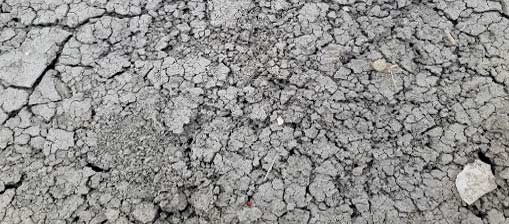
The toxic paradox of ‘green’ energy
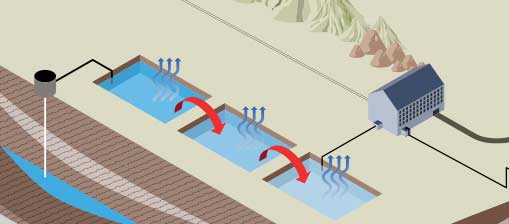
By salting or by hard rock mining.
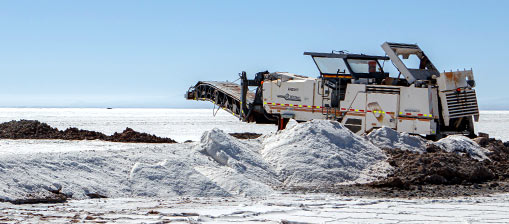
Lithium in Bolivia: a treasure impossible to unearth?
In Bolivia, after 15 years of talking about lithium, there is little production and no industrialization.
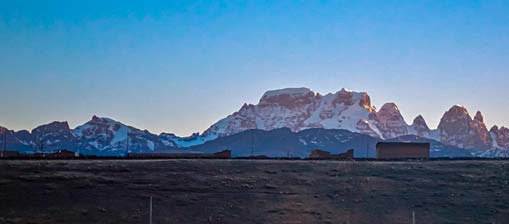
In Peru, more questions than answers about lithium
Peru is still on the sidelines, though. Its lithium is in rock formations that also contain uranium. A company has held concessions in the area for nearly two decades, but so far mining is still in the study phase.




